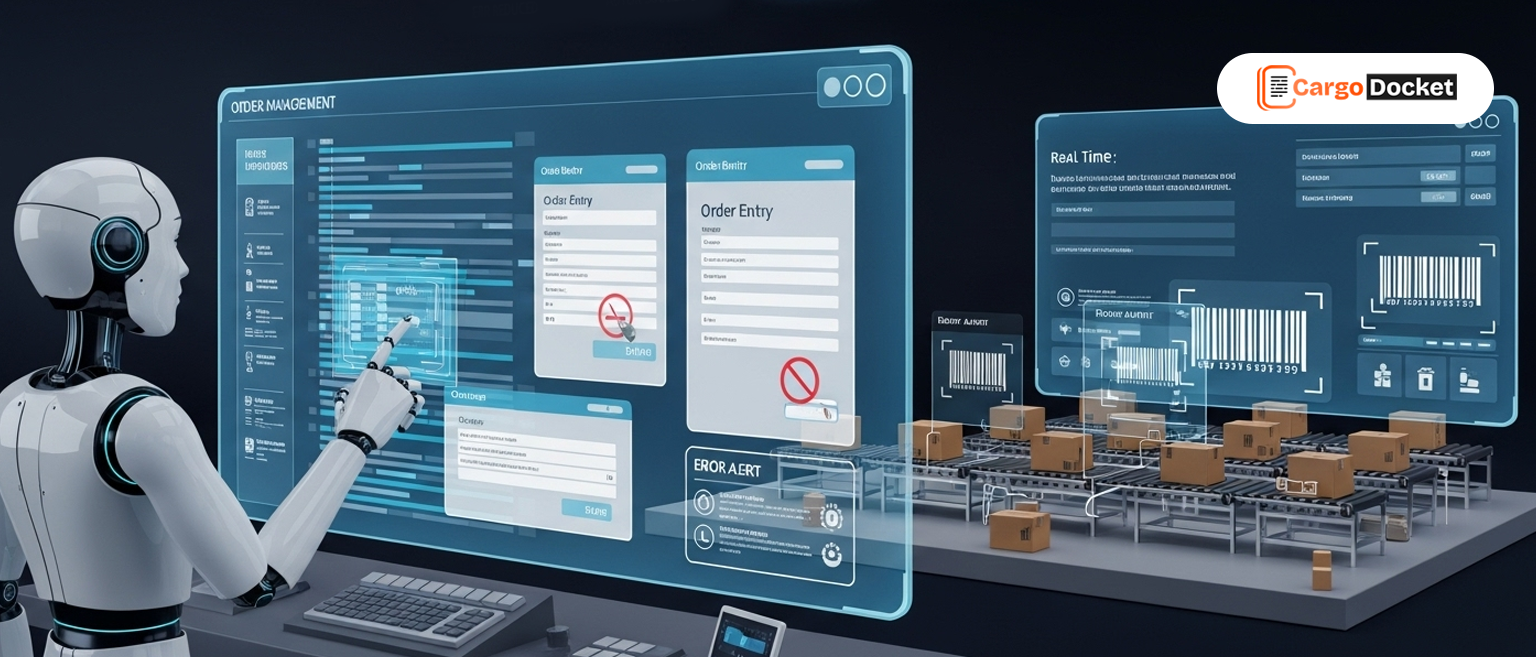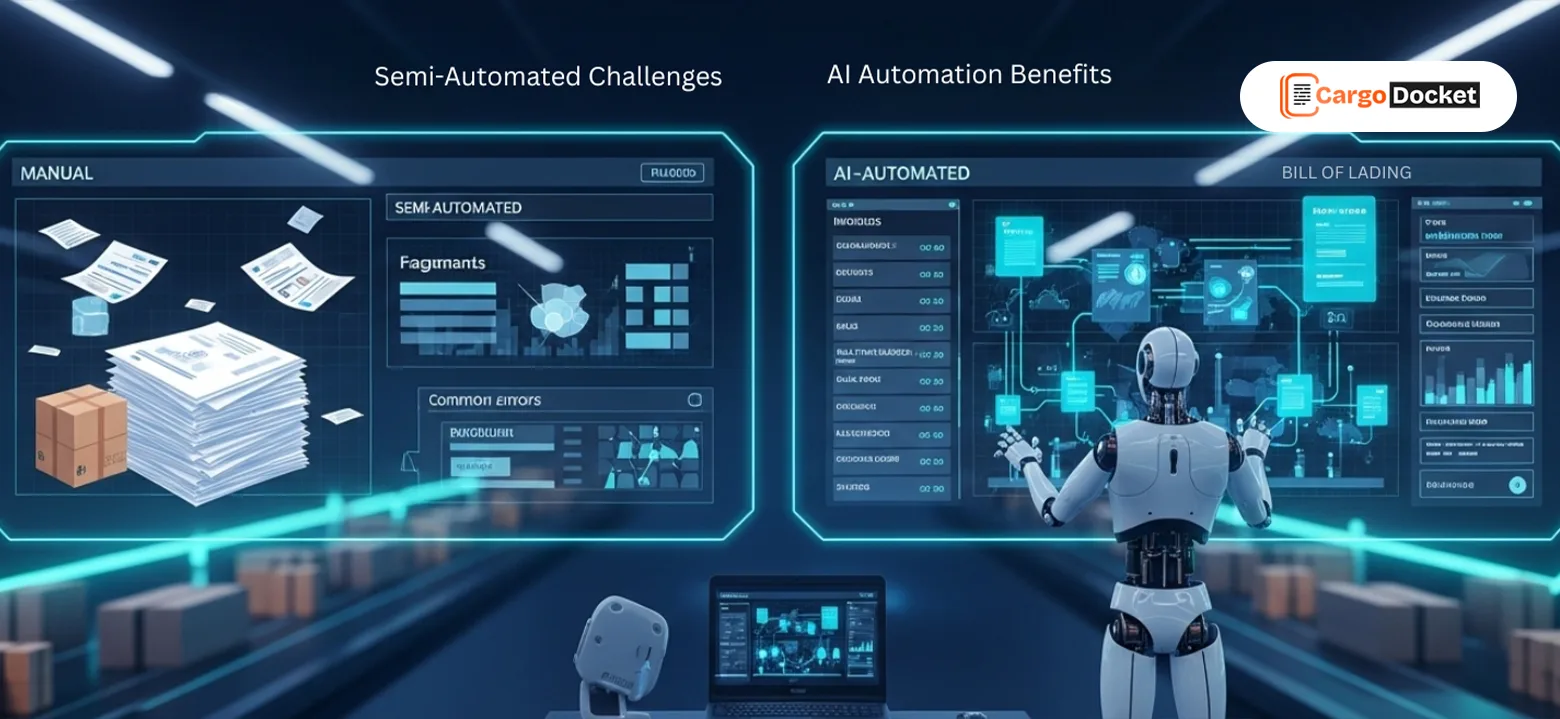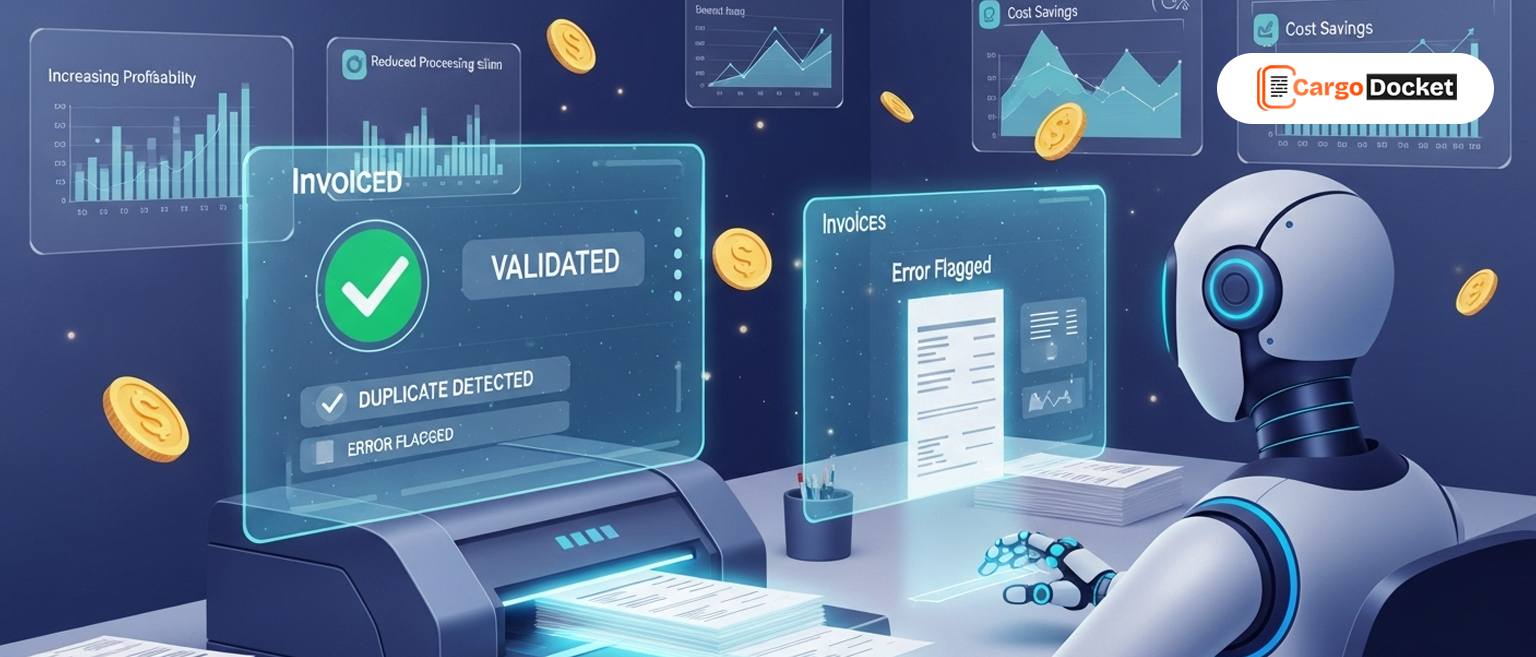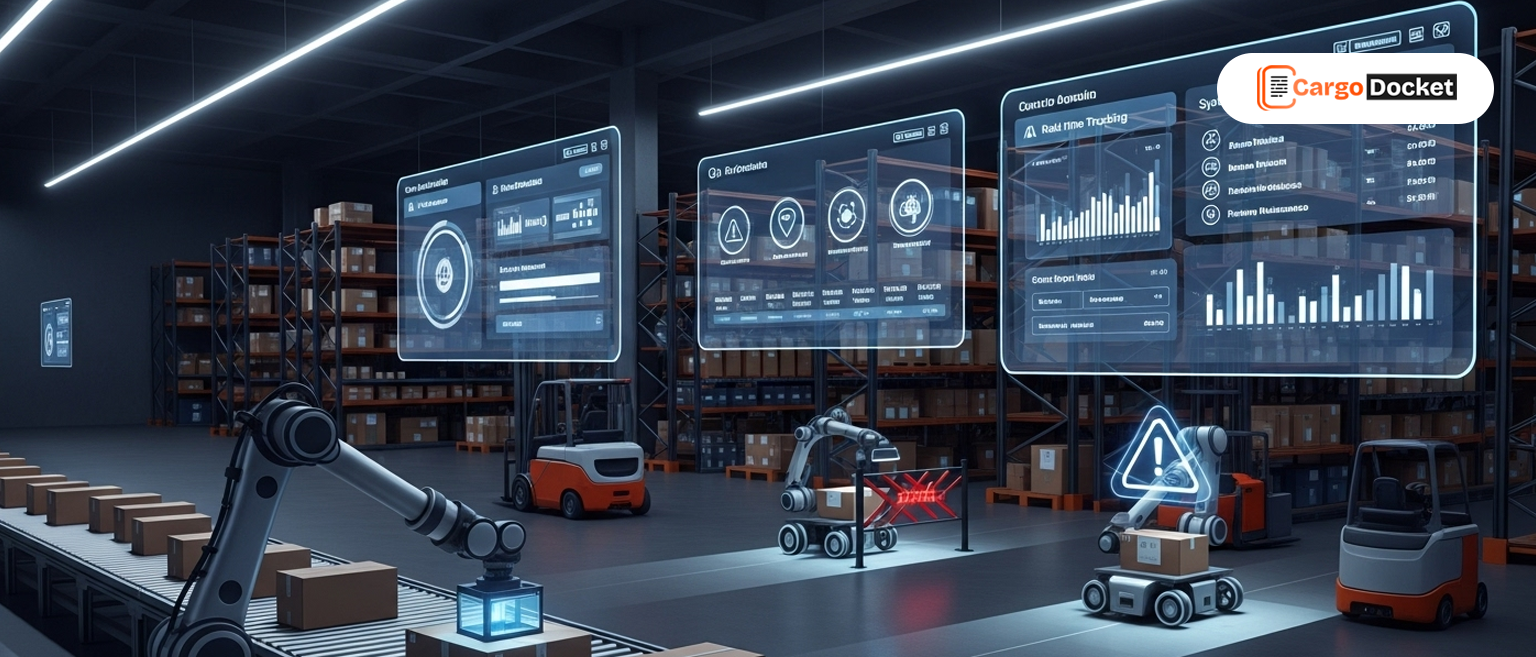Order fulfillment is at the heart of any successful logistics operation. But when the order entry process is manual, even the best teams are prone to errors. Typos, mismatched data, duplicate entries, and missing information can cause shipment delays, returns, and customer dissatisfaction.
So, what’s the solution? Automating the order entry process. Let’s walk through what automation means for order entry, why it matters, what benefits it offers, and how you can implement it in a way that reduces errors, improves efficiency, and keeps your customers happy.
Why do Manual Order Entry Systems Cause So Many Errors?
Manual order entry often involves copying data from emails, PDFs, spreadsheets, or even handwritten forms into your ERP or order management system. It may seem manageable at first, but as order volumes grow, the chances of mistakes multiply.
Common problems with manual order entry include:
- Entering the wrong product code or quantity
- Missing or incorrect customer details
- Duplicate orders or invoices
- Inconsistent pricing or shipping data
These errors don’t just create internal confusion, they directly impact your customer experience. A single wrong shipment can lead to returns, chargebacks, or even a lost client.
What is Order Entry Automation?
Order entry automation is the use of digital tools to capture, process, and validate order data without human input. It removes the need for manual typing and reduces the risks of human error.
With automation, your system can:
- Read incoming orders from emails or EDI (Electronic Data Interchange)
- Validate the information against product and customer records
- Automatically create accurate orders in your ERP or fulfillment system
- Route the order to the right warehouse for processing
Automating this step in the order-to-cash process can save time, reduce fulfillment mistakes, and improve overall operational flow.
What are the Business Benefits of Automating Order Entry?
There are several clear advantages to moving away from manual entry and toward automation:
Fewer Fulfillment Errors
When data is captured and validated digitally, there’s less chance of mistakes like incorrect SKUs, wrong addresses, or duplicate entries.
Faster Order Processing
Automation reduces the time it takes to process each order, often from hours to minutes. Orders can be fulfilled and shipped sooner.
Improved Accuracy
With built-in checks and rules, automation ensures data accuracy and consistency across systems.
Reduced Labor Costs
Your team no longer has to spend hours entering data. Instead, they can focus on value-adding activities like customer service and logistics planning.
Better Visibility and Tracking
Real-time dashboards help track order status, identify issues, and give clear visibility to your teams and customers.
What Does a Typical Automated Order Entry Workflow Look Like?
Let’s break down what an automated order entry process might look like using smart tools and integrations:
Data Capture
Orders come in via email, PDF, EDI, or online portal. An OCR (Optical Character Recognition) or EDI parser extracts the key data.
Validation
The system checks for completeness. Are all the required fields filled? Are the SKUs valid? Is the customer account active?
System Integration
Data is automatically pushed into your ERP or TMS (like CargoWise), creating a sales order without any manual steps.
Order Routing
Based on rules such as stock levels, delivery zones, or carrier rates, the order is routed to the appropriate warehouse or shipping hub.
Confirmation and Notification
The customer receives an automated order confirmation, and your operations team gets a ready-to-process work order.
What Types of Errors Can Be Prevented by Automation?
Automation directly helps eliminate the following types of fulfillment errors:
- Incorrect product selection due to misreading SKUs
- Wrong shipping address or contact information
- Order duplication caused by entering the same data twice
- Inconsistent pricing or discounts that vary by salesperson or manual entry
- Missed orders due to overlooked emails or delays in manual input
By setting up rules and system checks, automated platforms can stop these errors before they impact your bottom line.
What Technologies Support Automated Order Entry?
There are several tools and systems that work together to support an efficient automation strategy:
- OCR Software: Converts scanned documents and PDFs into digital data
- EDI Integration: Standardizes data exchange between trading partners
- Order Management Systems (OMS): Centralizes orders across channels
- ERP Integration: Pushes clean data into systems like CargoWise, SAP, or QuickBooks
- RPA (Robotic Process Automation): Handles repetitive tasks like data input and formatting
Platforms like CargoDocket combine these technologies to offer a plug-and-play automation experience tailored for logistics and freight workflows.
What Should You Look for in an Order Entry Automation Partner?
Not all automation platforms are created equal. When choosing an AI document automation solution provider, consider the following:
- Experience in logistics and freight documentation
- Compatibility with your existing ERP or TMS
- Built-in validation and approval workflows
- Customizability for your business rules
- Ongoing support and scalability options
At CargoDocket, we’ve built our platform to help logistics teams like yours go touchless, from purchase orders to shipping documents. With end-to-end RPA + AI capabilities, we’re designed to reduce your manual work and maximize your fulfillment speed and accuracy.
Conclusion
If you’re still relying on manual order entry, you’re not just risking errors, you’re slowing down your entire supply chain. Automation isn’t about replacing people. It’s about empowering your team to do more, faster, and with greater accuracy.
By automating order entry, you remove obstacles, reduce fulfillment errors, and create a smoother customer experience from the first click to the final delivery.
Ready to automate your order workflows? Let CargoDocket show you how. Contact us today and let’s start optimizing your order fulfillment process, one automation at a time.




